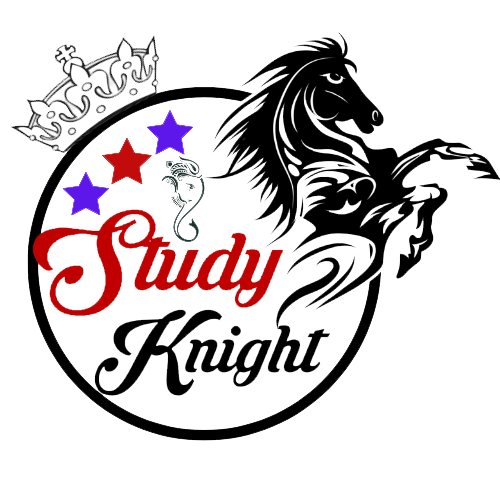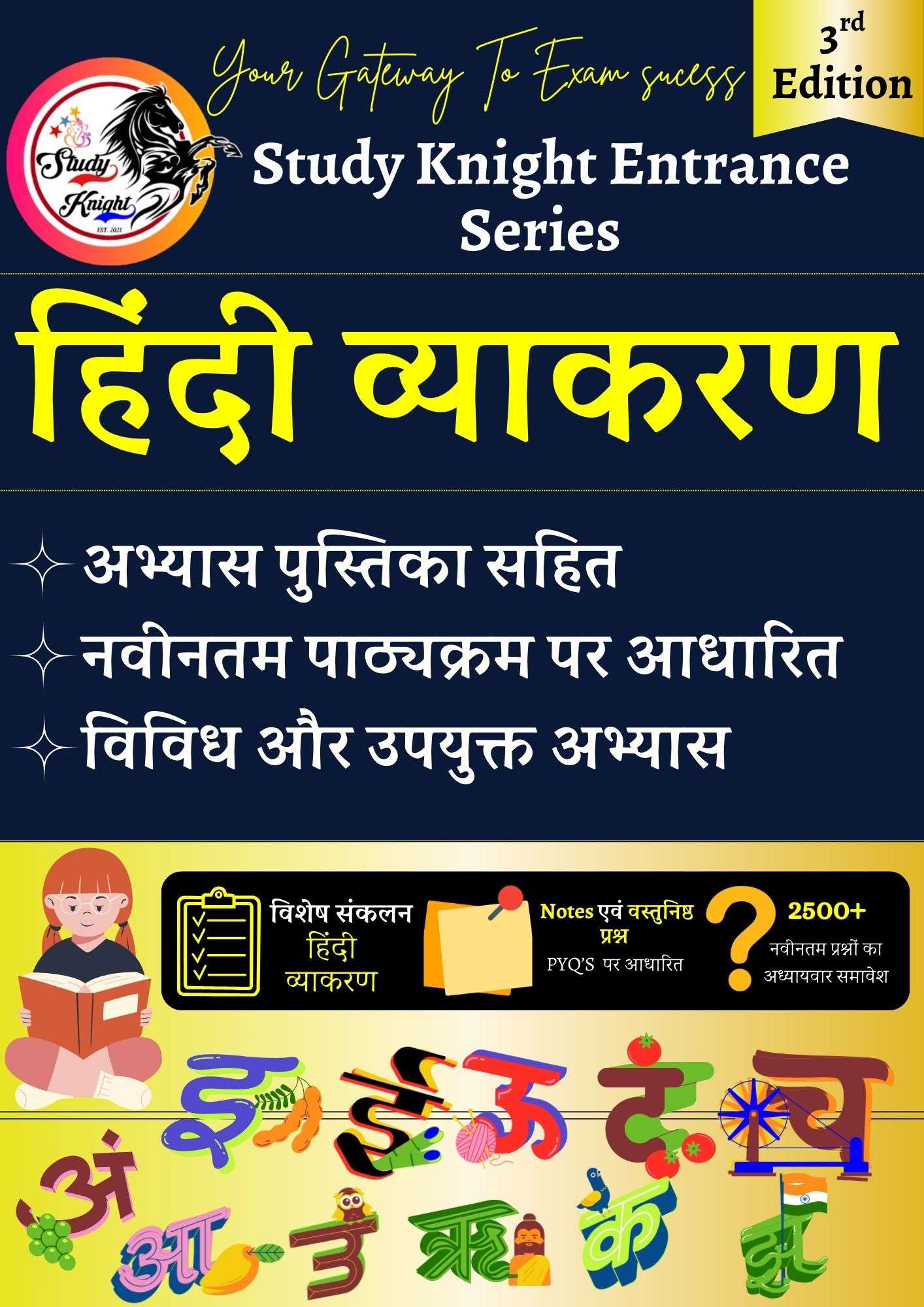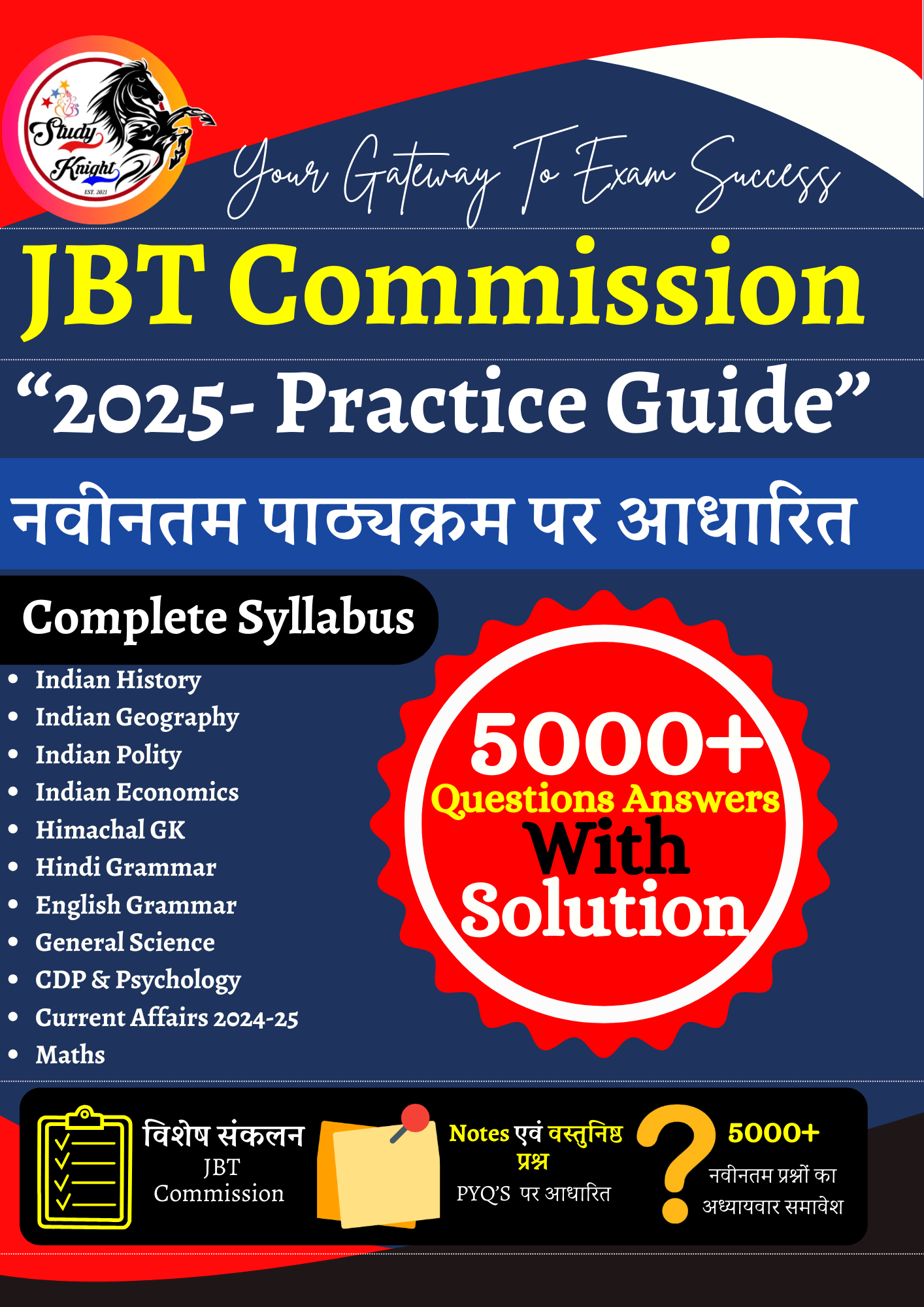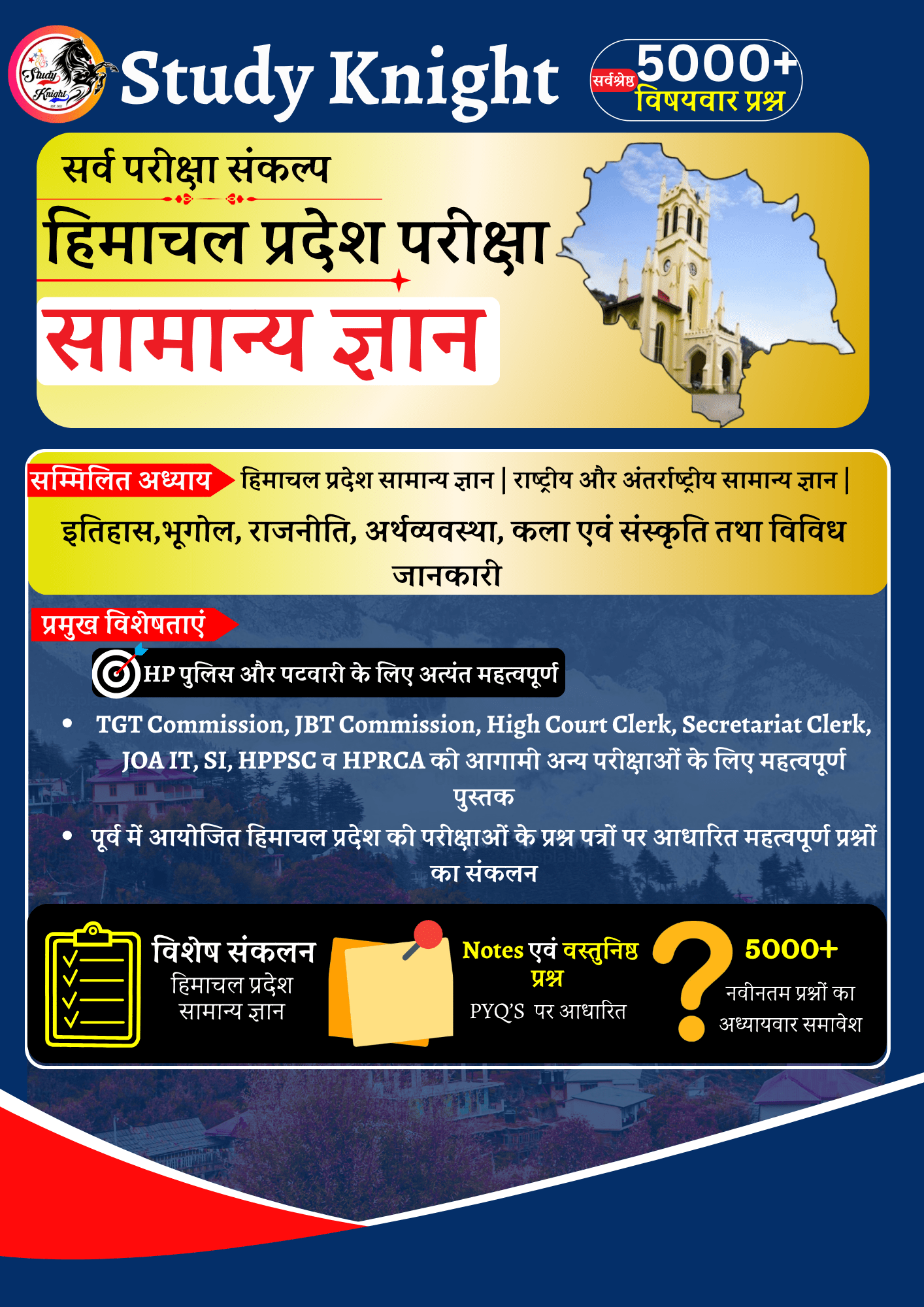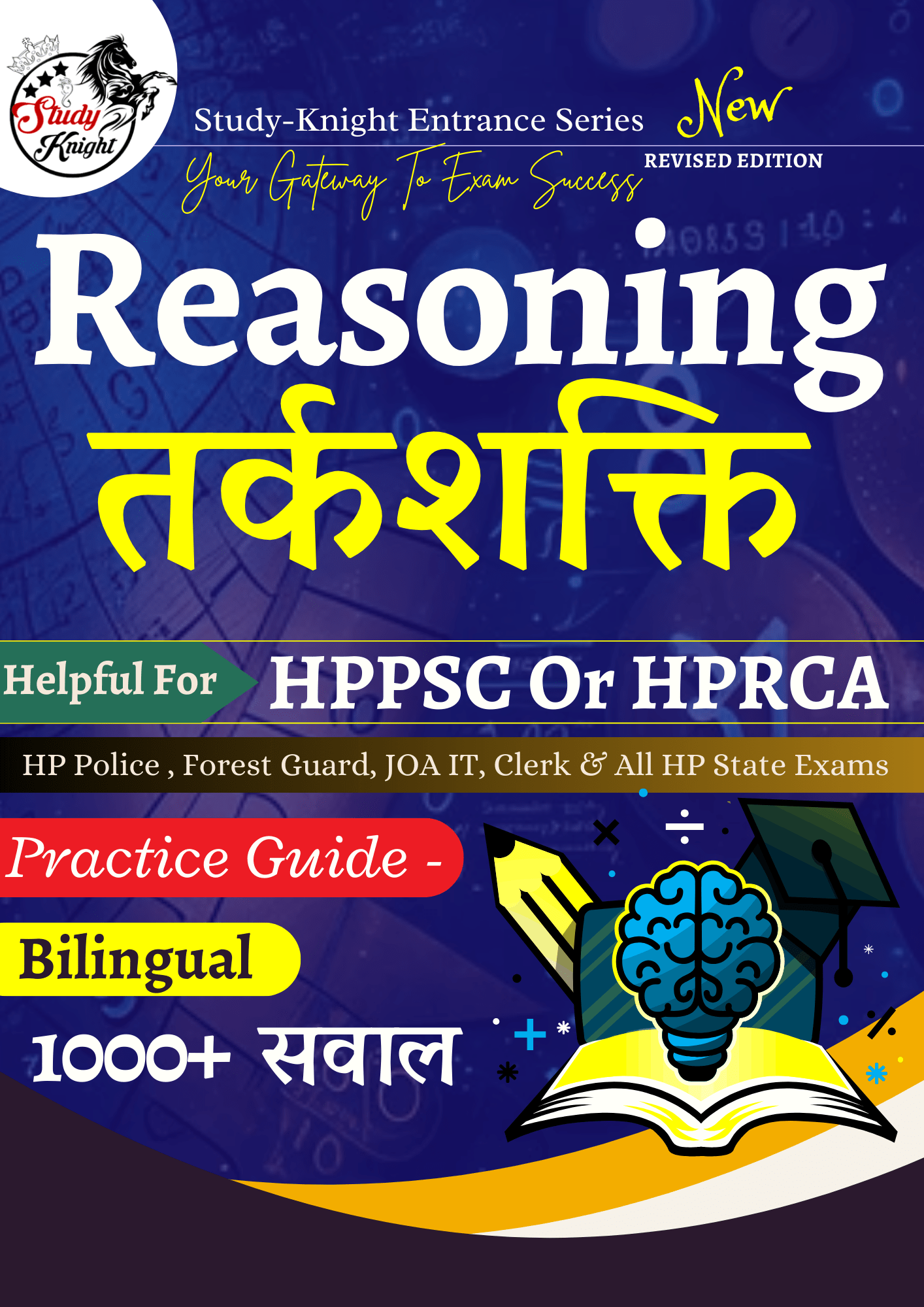Active and Passive Voice Rules For All Tenses:
1. Simple Present/ Past/ Future Tense
Active: Subject + V1/ V2/ will V1/ shall V1 + object…
Passive: Object + Is/are/am/was/were/will be/shall be + verb (III form) + by + subject…
2. Present/ Past Continuous Tense
Active: Subject + Is/are/am/was/were + verb (ing) + object…
Passive: Object + Is/are/am/was/were + being + verb (III from) + by + subject…
3. Present/ Past/ Future Perfect Tense
Active: Subject + has/have/had/shall have/will have + verb (IIIrd form) + object…
Passive: Object + has/have/had/shall have/will have + been + verb (IIIrd form) + by + subject…
NOTE: Generally, there is no voice change with Present Perfect Continuous, Past Perfect Continuous, Future Continuous, or Future Perfect Continuous.
4. Interrogative Sentences
Present and Past Tense:
Structure 1:
Active: Do/does/did + subject + V1 + object….?
Passive: Is/are/am/was/were + object + V3 + by + subject….?
Structure 2:
Active: Is/are/a/was/were + subject + verb (ing) + object…?
Passive: Is/are/am/was/were + object + being + verb (III from) + by + subject…?
Structure 3:
Active: Has/have/had + subject + verb (IIIrd form) + object…
Passive: Has/have/had + object + been + verb (IIIrd form) + by + subject…
Structure 4:
Active: Who + verb (s or es)/verb (IInd form) + object…?
Passive: By whom + is/are/am/was/were + object + verb (IIIrd form)?
Structure 5:
Active: Wh-question word + do/does/did + subject + verb (I form) + object…?
Passive: Wh-question word + Is/are/am/was/were + object + verb (III from) + by + subject…?
Future Tense:
Structure 1:
Active: Shall/ will + subject + verb (Ist form) + object….?
Passive: Is/are/am Shall/ will + object + be + verb (IIIrd form) + by + subject….?
Structure 2:
Active: Shall/ will + subject + have + verb (IIIrd form) + object…
Passive: Shall/ will + object + have + been + verb (IIIrd form) + by + subject…
Structure 3:
Active: Who + Shall/ will + V1 + object…?
Passive: By whom + Shall/ will + object + be + verb (IIIrd form)?
Structure 4:
Active: Wh-question word + Shall/ will + subject + verb (Ist form) + object…?
Passive: Wh-question word + Shall/ will + object + be + verb (IIIrd from) + by + subject…?
5. Imperative Sentences
– Positive:
Active: Verb + object
Passive:
(i) Let + object + be + past participle
(ii) You are requested/ordered/suggested + to + verb (Ist form) + object
– Negative:
Active: Do + not + Verb + Object
Passive:
(i) Let + object + not + be + past participle
(ii) You are requested/ordered/suggested + not + to + verb (Ist form) + object
6. “To be” Sentences
Active: Subject + Is/Are/Am/Was/Were/Has/Have/Had + To + Verb (Ist form) + Object..
Passive: Object + Is/Are/Am/Was/Were/Has/Have/Had + To + Be + Verb (III form) + By + Subject..
7. Verb + Preposition + Object
Active: Subject + verb + preposition + object…
Passive: Object + to be + verb (III form) + preposition + by + subject…
NOTE: While converting such sentences into passive voices, the verb is always followed by the particular preposition.
8. Modal Verbs
Active: Subject + modal verb + (V1) + object…
Passive: Object + modal verb + be + V3 + by + subject…
9. Di-Transitive Verbs
Some verbs take two objects, for example:
Active: Samdish gave the beggar an old t-shirt.
Passive:
(i) An old t-shirt was given to the beggar by Samdish.
(ii) The beggar was given an old t-shirt by Samdish.
10. Sentences with the Intransitive Verb:
Such sentences are known as Mid-voice or Quasi-Passive voice. They seem in active voice, but their meaning is in passive voice, and they have intransitive verbs, like without a direct object.
Active: Honey tastes sweet.
Passive: Honey is sweet when it is tasted.
FAQs on Active-Passive Voice Rules
Que1. What are examples of Active Passive Voice?
Ans. Active – I gave him a book for his Birthday
Passive- He was given a book for his Birthday.
Active – The Hunter killed the Lion
Passive- The Lion was killed by Hunter.
Que2. When can we use Passive Voice?
Ans. When we want to frame a sentence in such a condition where the main subject, who is doing the action is not known.
Que3. How do we identify Active-Passive Voice Sentences?
Ans. When the Subject is doing the action it means the sentence is in Active Voice. And when the Subject is only receiving the action it means the sentence is in Passive Voice.

